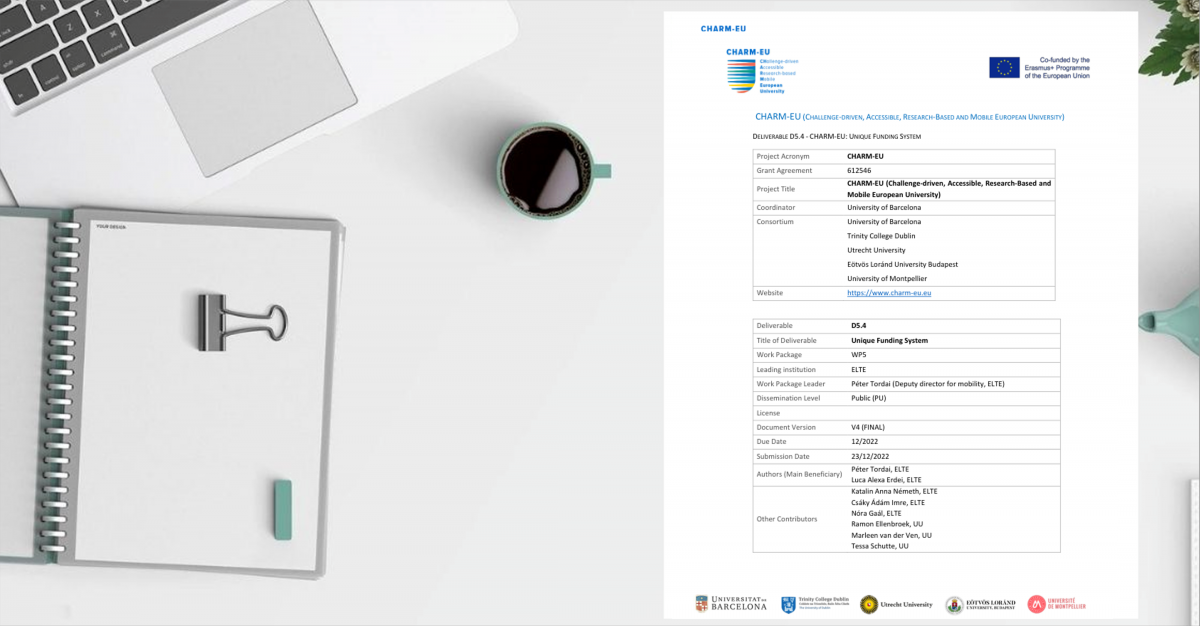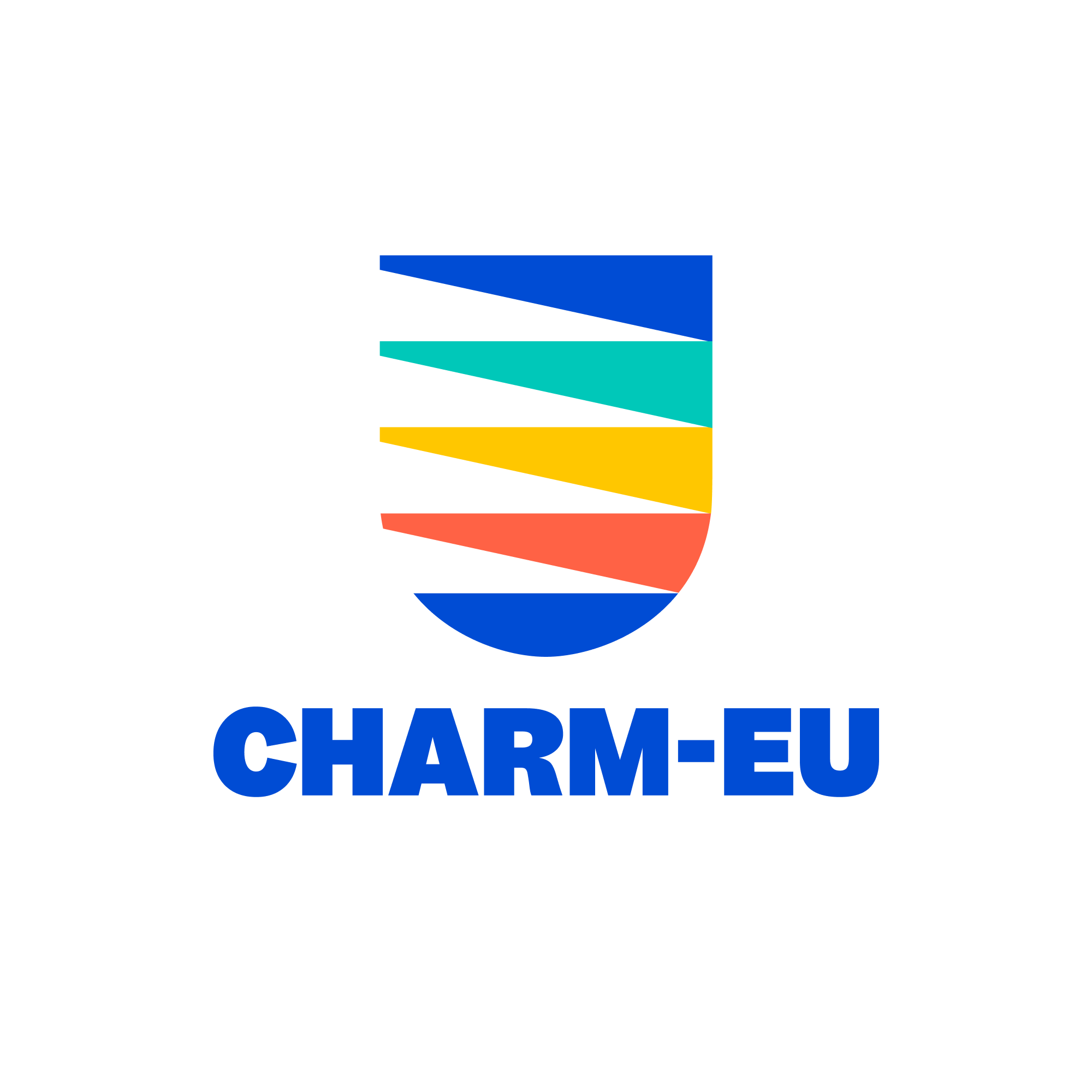Unique Funding System (Mobility)

Beschrijving van de middele
CHARM-EU is committed to providing its students and staff with a wide range of opportunities to interact with their peers in an international environment through the purposeful combination of mobility and internationalisation at home activities. Mobility is the norm and is embedded in the curricula, therefore all CHARM-EU students will automatically participate in different types of mobility activities by joining the programme.
During the first year of the CHARM-EU project the mobility expert group designed three different scenarios for its mobility scheme. In Scenario 1 mobility is organised in a non-traditional way in terms of activity type / modality / length, etc. with activities offered through the Mobility Matrix. In Scenario 2 mobility is organised in a combination of non-traditional and traditional ways both with activities offered through the Mobility Matrix and activities offered through traditional mobility schemes. In Scenario 3 mobility is organised mostly in a traditional way.
After a thorough examination of the financial possibilities and considering the limits of the project budget, the expert group had to opt for Scenario 3. As the new phase of the Erasmus+ programme launched a number of non-traditional mobility actions (amongst others the blended mobility action) the final version still provides a wide range of mobility opportunities. Mobility is fully embedded in the study programme, but it has a different format in each Phase, according to the learning objectives of the Phase concerned.
There is no mobility in Phase 1, but virtual exchange is at the core of the study programme: students are collaborating with their peers at the partner universities on a daily basis exploiting the opportunities provided by the hybrid classroom. In Phase 2 there is a mandatory semester mobility for each student (exceptions are given based on inclusivity requests). Furthermore, a Blended Intensive Programme is integrated in the study programme of each track of the joint master’s programme for this semester. In Phase 3, semester mobility is optional for students, depending on their Capstone choice (however, during the pilot most of the students opted for a challenge which was linked with a semester mobility). In this Phase 3, blended mobility opportunity is provided only exceptionally, in the case of global Capstone teams. After graduation, students might participate in an optional traineeship depending on the financial resources and the institutional practice of their Phase 1 institution.
Partner universities are using their Erasmus+ KA131 budget for financing the mobility activities above. In those cases where the activity would not be eligible according to the Erasmus+ rules, a so-called CHARM-EU grant is provided from the budget of the project. Students and recent graduates with fewer opportunities might also apply for top-up amounts to the individual support partly from Erasmus+, and partly from CHARM-EU resources. Staff mobility both for teaching and training is financed from Erasmus+ and CHARM-EU resources.

